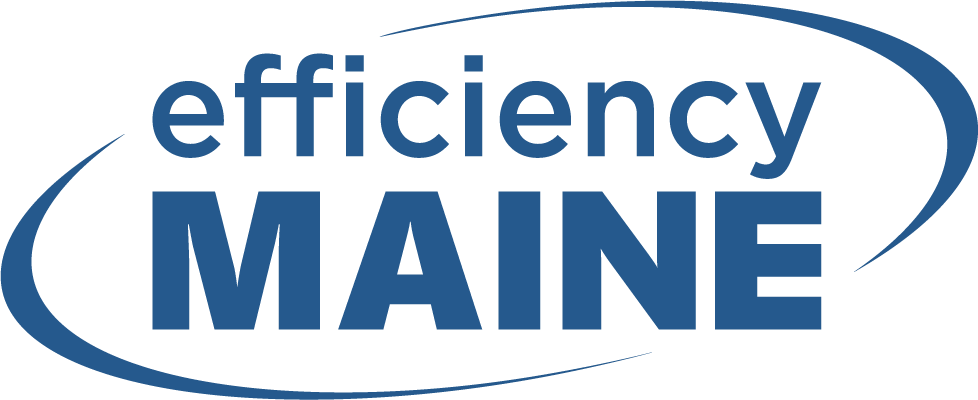Act Fast, Maine: Rebates for Insulation Are Limited — Secure Yours Before July's Budget!
Don't miss out on government support. Apply now!
Don't Miss Out: Government Rebates May Run Out
Are you worried about missing out on a valuable opportunity to save big on your home's insulation? Across Maine, many residents are securing government insulation rebates that cover 40 to 100% of their insulation costs, reducing their energy bills and making their homes more comfortable. Unfortunately, these rebates are limited, and the funds might run out before you get your share. Don't let this opportunity slip away — act fast!
July's Budgetary Meeting: The Clock is Ticking
The budget for Efficiency Maine's programs is expected to be determined at a meeting in early July. This meeting will finalize the available funds for home insulation rebates, meaning that time is of the essence. Mainers are applying now to secure their share of the funds. Make sure you're not left out in the cold by applying for insulation rebates before the budget is finalized!
Understanding the budgetary process is essential to grasp the urgency of the situation. The funds allocated to Efficiency Maine come from various sources, including government grants, revenues from carbon allowances through the Regional Greenhouse Gas Initiative (RGGI), and settlements from legal actions. The early July meeting will determine the distribution of these funds and the allocation for each program, including home insulation rebates.
Due to the nature of government budgeting, funds are often reallocated or shifted between programs, creating a competitive environment for financial resources. The meeting in early July serves as a reminder of how fluid and unpredictable government funding can be, making it essential for Mainers to secure their insulation rebates now.
Government Resources: Shifting Priorities
While Efficiency Maine's current rebates are an incredible opportunity, we can't predict how future budgets will shift. With various pressures and priorities, government funding can change direction, potentially leaving homeowners without the financial support needed for crucial energy-saving upgrades. The only way to ensure you're securing your share is to act now, while rebates are still available.
Government priorities are often influenced by various factors, including economic conditions, political pressures, and changing environmental policies.
For example, shifts in Maine's energy landscape, fluctuations in the cost of electricity and heating fuels, and ongoing climate change initiatives can all impact the funding available for Efficiency Maine's programs. This volatility highlights the importance of acting quickly to secure current rebates before future changes alter the funding landscape.
Additionally, new programs may emerge that compete for funding, potentially redirecting resources away from home insulation rebates. With the growing emphasis on electric vehicles, renewable energy, and other climate initiatives, future funding may focus on these areas, leaving fewer resources for insulation upgrades. This makes it crucial for Mainers to take advantage of the current rebates before they potentially shift away from home insulation initiatives.
Secure Your Rebates Today: How to Apply
To ensure that you benefit from government rebates for insulation, start your application process now. Go to our getting started page or click on start the application below.
Applying for Efficiency Maine's insulation rebates is a straightforward process that can lead to significant financial savings. The application involves a few key steps:
- Complete the Get Started form
- Hire Mattra Inc, a registered residential vendor
- Mattra Inc will submit the reservation for the rebate.
- Mattra Inc will complete the insulation upgrade and air seal.
- You will pay the copay
- We will submit the rebate claim and receive payment from the Efficiency Maine.
By following these steps, you can secure your share of government rebates for home insulation, making your home more comfortable and energy-efficient. The rebates can cover a significant portion of the costs, providing financial relief and long-term energy savings.
Don't miss this Efficiency Maine Rebate opportunity!
Don't miss out on this valuable opportunity to make your home more comfortable and energy-efficient. With funds running out and the final budget for Efficiency Maine's programs to be determined in early July, now is the time to apply for insulation rebates. Secure your share today!








